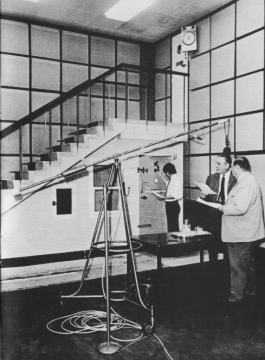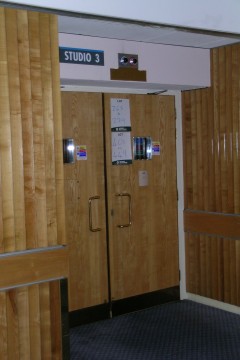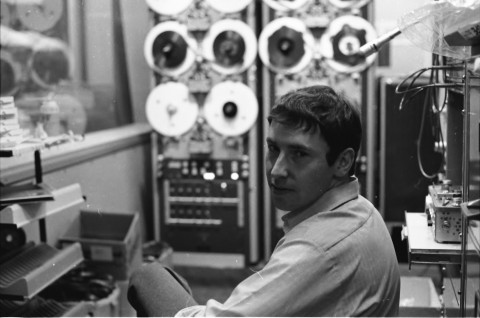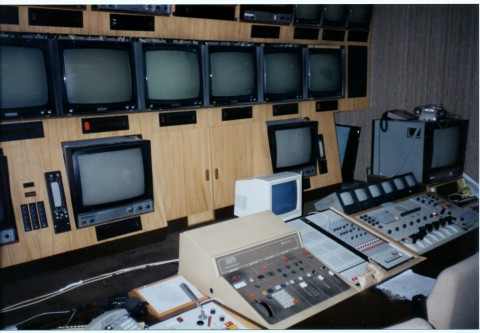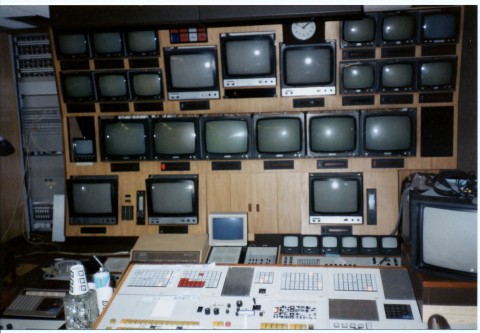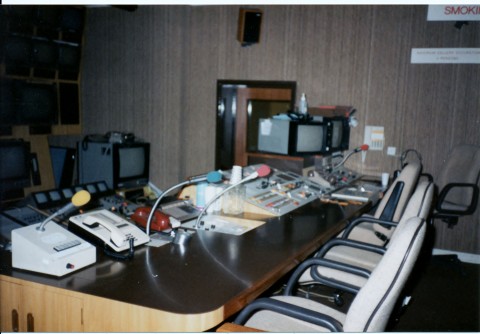This event was told to me about Radio Studio 3. This was the drama studio made famous by ‘The Archers’. One morning when the studio door was unlocked it would not fully open. This was due to several chairs that had been pushed against the door from the inside. This door was the only entrance so it’s a mystery how this happened. This may be a tall story told to new BBC staff. I can’t remember who told me. Has anyone else heard this story? I found another story about this studio on this website http://www.unexplained-mysteries.com/forum/index.php?showtopic=4602 .
This other event happened to me. It was the late 1970s and I was working alone one evening in the dubbing theatre. A little later Brian Telford came in with a tape recorded earlier in a village church. This was a recording of organ music for The Archers. The tape had a high frequency noise on it. Brian wanted to filter this noise using the dubbing theatre’s graphic equaliser. As we listened a very loud crash could be heard when the music had finished. But it sounded very strange, as if it was backwards. I played the tape backwards and the sound of a large door being slammed shut was heard. Brian said he was unaware of any such sound when the recording was made. I can’t remember what happened to the tape or if any investigations followed this event. The high frequency noise was probably due to RF induction. That is the microphone cable acting as an aerial and picking up a signal from a radio transmitter. If the church was near to the Droitwich transmitter this could happen. Maybe Brian faked the tape and it was all a practical joke. If this was the case he did a great job. But I feel this was unlikely. I’m very sceptical about the paranormal but can’t explain how this backwards door slam was recorded. Anyone have any ideas?
